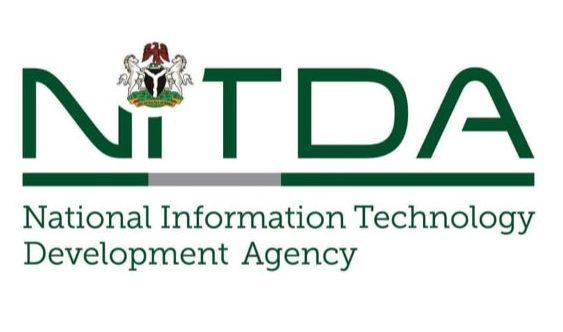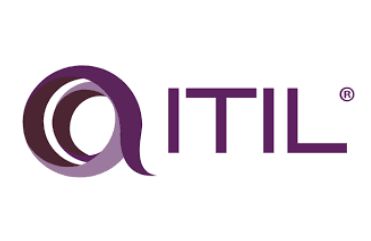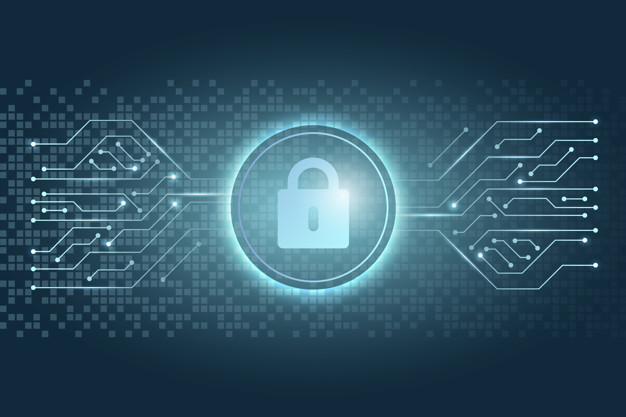
2024 in Review
As we reflect on the past year, we’re reminded of the rapidly evolving cyber landscape. The proliferation of emerging technologies, the increasing reliance on digital infrastructure, and the escalating sophistication of attackers have collectively contributed to an environment where cyber threats are more pervasive and menacing than ever. As organisations navigate this complex and ever-evolving landscape, it is essential to understand the latest trends, threats and strategies for mitigating risk and ensuring resilience.
The attack surface has expanded as a fallout from the following:
- IOT Proliferation: The growing number of connected devices has created new vulnerabilities and entry points for attackers.
- Cloud adoption: The increased reliance on cloud infrastructure has introduced new security challenges and complexities.
- Remote work: While this is seen as one of the best and most interesting things that COVID left with us, the shift is continuously expanding the attack surface, as employees access corporate resources from diverse locations and devices.
Threats have intensified, and attackers are not getting tired. Yet, amidst these challenges, Digital Jewels has witnessed remarkable resilience and adaptability from organizations and individuals alike. In this newsletter, we’ll highlight some general key trends and then strategies to deal with the evolving attacks. We will also take you through our specific successes, and insights from 2024 including our biggest news!!! (I’m sure you’re eager, take a walk with us).

2024 was marked by several significant cybersecurity trends:
- Rise of AI-powered threats: Attackers leveraged artificial intelligence and machine learning to launch more targeted and effective attacks.
- Ransomware evolution: This has become more targeted and lucrative with attackers demanding higher ransoms and exploiting vulnerabilities in supply chain
and cloud infrastructure. - Social engineering: Tactics such as phishing and business email compromise continue to deceive
employees and executives, resulting in significant financial losses. - Growing importance of cybersecurity awareness: Educating employees and individuals about online safety and best practices remained crucial in preventing cyber-attacks.

AI in Business: The Era of Transformation
Artificial Intelligence (AI) is no longer a futuristic concept—it is a business necessity. The 2020s have marked a rapid expansion of AI adoption across industries, with enterprises leveraging AI to enhance efficiency, automate processes, and improve customer experiences. Studies indicate that by 2025, over 70% of businesses will have integrated AI into their operations, yet some organizations still struggle to understand its full potential.

The Role of AI in Modern Business
AI is highly adaptable, capable of processing vast datasets, identifying patterns, and automating decision-making. Rather than replacing human workers, AI is complementing human efforts to drive innovation and efficiency. Key applications of AI in business include:
- Customer Service
AI-powered chatbots and virtual assistants like Alexa and Google Assistant are transforming customer support, reducing wait times, and providing instant responses. Businesses now rely on AI for tracking orders, scheduling tasks, and resolving customer issues efficiently. - Marketing & Sales
AI analyzes customer behavior and purchase patterns to deliver personalized recommendations, as seen with Netflix’s content suggestions and targeted ads on social media. AI-driven marketing tools help businesses optimize engagement and drive sales. - Operations & Supply Chain
AI enhances supply chain management by predicting demand, optimizing inventory, and improving delivery efficiency. Companies like Amazon use AI-powered warehouse robots, while FedEx employs AI-driven route optimization to streamline logistics. - Finance & Risk Management
AI detects fraudulent transactions, assesses credit risks, and analyzes market trends. Robo-advisors like Betterment use AI to provide smart investment strategies, making financial planning more accessible. - Cybersecurity & Threat Monitoring
Machine learning algorithms help businesses detect security threats, predict cyberattacks, and respond to breaches in real-time, strengthening digital defenses.
Why Businesses Must Embrace AI

The primary advantage of AI in business is efficiency—it automates tasks, minimizes errors, and accelerates decision-making. Other benefits include:
- Enhanced Customer Experience – AI ensures 24/7 availability and instant responses.
- Cost Reduction – AI-driven automation reduces operational expenses.
- Data-Driven Decision-Making – AI helps businesses make informed choices based on analytics.
- Innovation & Competitive Edge – Generative AI fosters creativity and problem-solving.
How Businesses Can Implement AI
AI adoption varies depending on business needs. The most widely used AI solutions include:
- Chatbots & Virtual Assistants (70% adoption rate)
- Intelligent Search & Data Analysis Tools (62%)
- Predictive Analytics & Recommendation Engines (43%)
A report by G2 found that 83% of businesses that adopted AI in the last three years saw a positive return on investment (ROI). Companies incorporating AI into multiple facets of their operations are seeing tangible benefits.
The Future of AI in Business
AI is not just a tool—it is becoming an integral part of business strategy. Organizations that delay AI adoption risk falling behind competitors. The key to successful AI integration is identifying areas where AI can add value and starting with small pilot projects to measure impact.
As AI continues to reshape industries, businesses must balance innovation with ethical considerations and risk management. The AI revolution is here—embracing it is no longer optional but essential for growth and sustainability.

The Ransomware Economy: Who’s Really Paying the Price?
The Rise of Ransomware-as-a-Service (RaaS)
Ransomware has evolved from isolated cybercrimes into a full-fledged criminal industry. With Ransomware-as-a-Service (RaaS), even amateur hackers can launch devastating attacks, forcing businesses, governments, and insurers to confront a critical dilemma: Should they pay the ransom?
The True Cost of Ransomware Attacks
Modern ransomware isn’t just about locking files—it now involves double extortion, where attackers steal sensitive data before encrypting it to pressure victims into paying. In 2024, global ransomware damages are expected to exceed $30 billion, affecting:
- Victims: Many pay to restore access, but there’s no guarantee of data recovery.
- Businesses: SMBs often lack the resources to recover, leading to bankruptcies.
- Consumers: When hospitals, banks, or supply chains are attacked, delays, data loss, and even medical risks arise.
Cyber Insurance: Safety Net or Enabler?
Initially, cyber insurance covered ransom payments, but insurers are now re-evaluating this practice. Some refuse to pay, while others increase premiums to unsustainable levels. The debate continues: Does insurance encourage more attacks, or is it a necessary safeguard?
Government Stance: Pay or Not?
Governments worldwide are tightening regulations on ransom payments to prevent funding cybercriminals. The U.S. Treasury warns that paying sanctioned groups could lead to legal penalties. Yet, some organizations feel they have no choice:
- Colonial Pipeline Attack (2021): Paid $4.4 million, later recovered by the FBI.
- Irish Health Service (2021): Refused to pay, causing weeks of disruption.
“Ransomware thrives on fear. Without strong backup and response plans, businesses will keep paying.” – Dr. Jane Carter, Cyber Risk Strategist
“Cybercriminals operate like businesses. With RaaS, attacks are becoming more sophisticated—and relentless.” – MD Rivera, Ethical Hacker
How Businesses Can Protect Themselves
- Zero-Trust Security: Assume breaches will happen and restrict access.
- Regular Backups: Maintain offline backups to avoid paying ransom.
- Employee Training: Phishing remains the top ransomware entry point.
- Incident Response Plan: Have a plan in place before an attack occurs.
Final Thoughts
Ransomware is no longer a question of “if” but “when.” Businesses must adopt proactive security strategies to minimize risks and avoid becoming the next victim. The battle against ransomware is ongoing, and preparation is the best defense.


































































